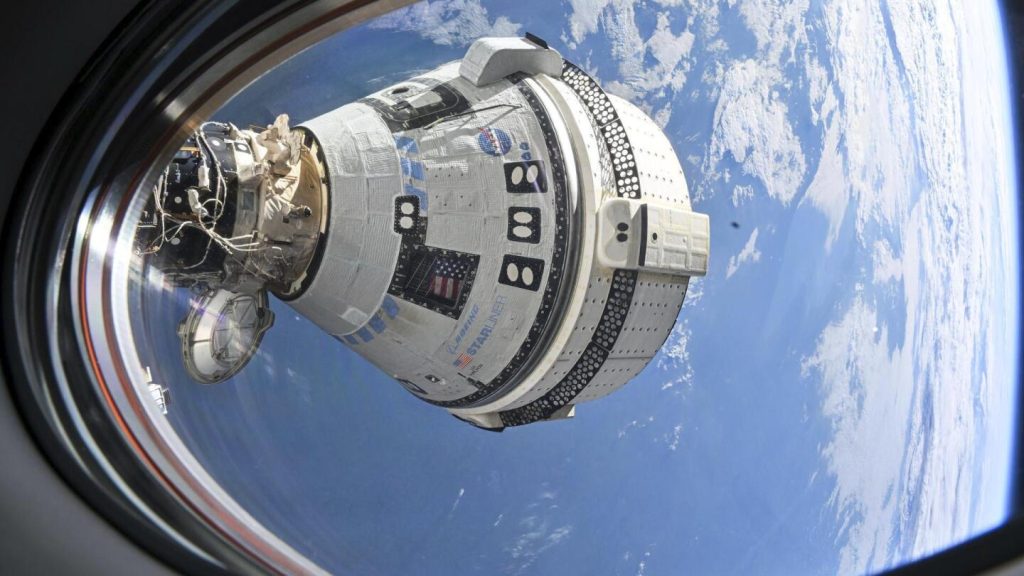NASA is still deciding whether to keep two astronauts at the International Space Station until early next year and send their troubled Boeing capsule back empty. Butch Wilmore and Suni Williams, who experienced thruster failures and helium leaks on their trip to the space station, may catch a ride on SpaceX’s next flight instead of flying back on the Starliner. NASA officials are analyzing data before making a decision by the end of next week. The thrusters are crucial for holding the capsule in the right position for descent from orbit.
The space agency wants to consider all opinions before making a decision, unlike past tragedies such as the Challenger and Columbia shuttle disasters where dissenting views were ignored. Switching to SpaceX would require bumping two astronauts from the next ferry flight, currently scheduled for late September. The space station only has two parking spots for U.S. capsules, so Boeing’s capsule would have to depart before SpaceX’s Dragon arrives in order to free up a spot. Boeing insists that the Starliner can safely bring the astronauts home, despite the issues encountered on the trip to the space station.
NASA would like to keep SpaceX’s current crew at the space station until the replacements arrive, barring an emergency. The four astronauts were supposed to return this month but will stay until the end of September due to uncertainty over Starliner. Wilmore and Williams, both retired Navy captains, have been helping with experiments and repairs aboard the space station. The mission is considered a test flight, and the astronauts were aware it might not be perfect before they launched.
SpaceX and Boeing were hired by NASA to transport astronauts to and from the space station after the retirement of the shuttles in 2011. SpaceX’s first astronaut flight was in 2020, while Boeing faced multiple issues with its initial test flight in 2019 that led to a do-over. NASA is eager to have competing services and backup options for transportation to the space station. The Associated Press Health and Science Department receives support from the Howard Hughes Medical Institute’s Science and Educational Media Group, but the AP is solely responsible for all content.


